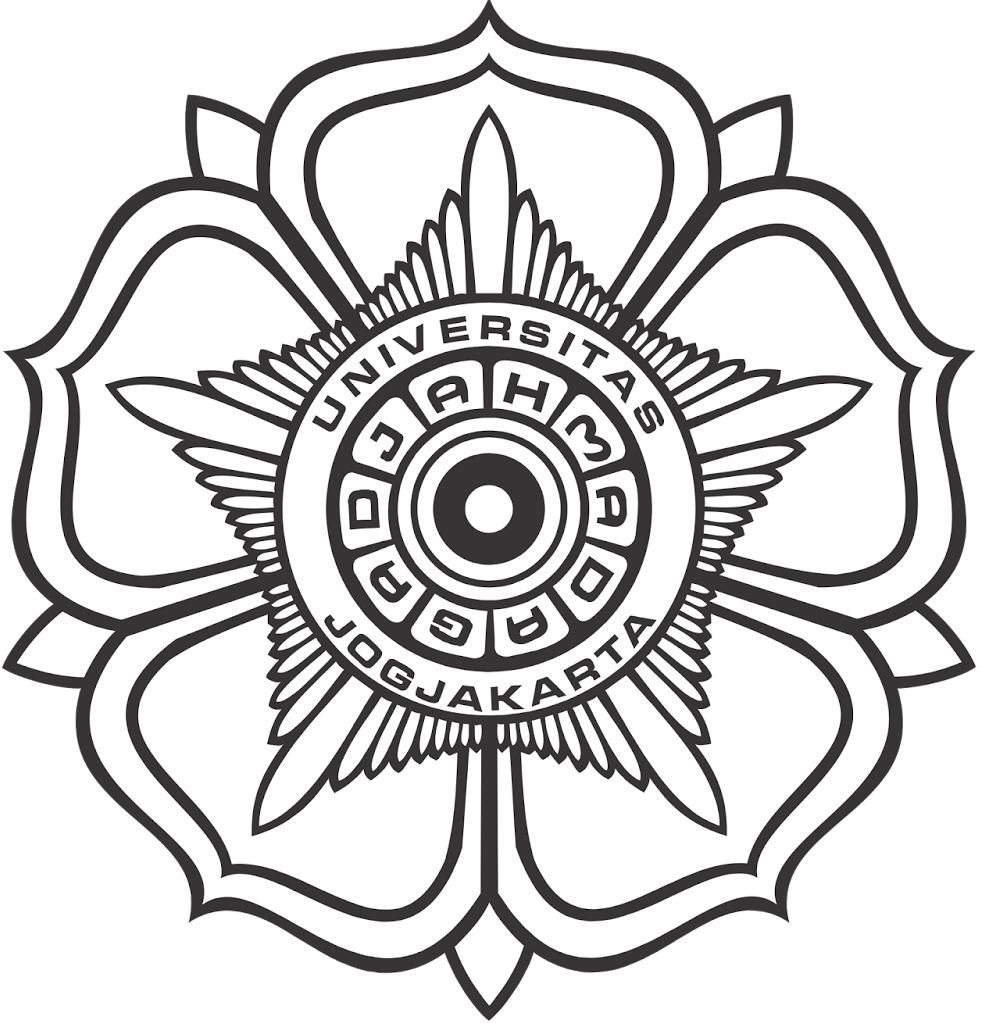FORMULATION OF NANOCURCUMIN USING LOW VISCOSITY CHITOSAN POLYMER AND ITS CELLULAR UPTAKE STUDY INTO T47D CELLS
Abstract
Using of curcumin as anti cancer agent is restricted by its low solubility, therefore it has low bioavability. This obstacle can be solved by the development of curcumin nanoparticle. Nanoparticle technology has been started to be developed as an alternative solution to improve drug delivery pofile, especially for the less bio-available chemical. This study was aimed to develope nanocurcumin formulation with low viscosity chitosan as the matrix and to study its ability to be taken into the cells in vitro. Method used in the formulation of nanocurcumin in this study is by ionic gelation followed by freeze drying. Entrapment Efficiency then assayed, and its stability was tested by incubating the formula into artificial intestinal fluid (AIF). Furthermore, its toxicity was evaluated, also its cellular uptake ability into T47D cell line. It was found that the Entrapment Efficiency in acetate buffer at pH 4 is higher than at pH 5. This formula also has a good stability in AIF. For the cellular uptake study through fluorescence microscope, it was found that the complex has an ability to penetrate cellular membrane into the cytosol. The cytotoxicity study tell us that the nanocurcumin is non-toxic to normal cell line. For the characterization of the nanoparticles, the average size of this particle is 269.8 nm, its zeta-potential is +18.63 mV, with spherical particle morphology. From the result of
this study, it is concluded that formulation of nanocurcumin using low viscosity chitosan polymer as the matrix has a great potential as an alternative for anticancer therapy.
Key words: nanoparticle, curcumin, low viscosity chitosan, T47D cell line.
Full Text:
UntitledReferences
Bisht, S., Feldmann, G., Soni, S., Ravi, R., Karikar, C., Maitra, A., and Maitra, A., 2007, Polymeric NanoparticleEncapsulated Curcumin ("nanocurcumin"): a Novel Strategy for Human Cancer Therapy, J. Biomater. Sci. Polymer Edn, 18(2): 205–221.
Hejazi, R. and Amiji, M., 2003, Chitosan-Based Gastrointestinal Delivery Systems, J. Control Release, 89(2): 151-165.
Majeed, M., Badmaev, V., Kumar, U.S., and Rajendran, M.S., 1995, Curcuminoid Antioxidant Phytonutrients, NutriScience Publisher, New Jersey.
Manmode, A.S., Sakarkar, D., Mahajan, N., 2009, Nanoparticles Tremendous Therapeutic Potential: a Review, Int. J. Pharm. Tech. Res., 1(4) 1020-1027.
Mao, 2009, Chitosan-based Formulations for Delivery of DNA and siRNA, Advanced Drug Delivery Reviews, 62: 12-27.
Rawat, M., Singh, D., Saraf, S. and Saraf, S., 2006, Nanocarriers: Promising Vehicle for Bioactive Drugs. Bio. Pharm. Bull.29, 1790-1798.
Racoviţă, S., Vasiliu, S., Popa, M., and Luca, C., 2008, Polysaccharides Based on Microand Nanoparticles Obtained by Ionic Gelation and Their Applications as Drug delivery Systems, Revie Roumaine de Chimie,54(9): 709-718.
DOI: http://dx.doi.org/10.14499/indonesianjpharm23iss1pp27-35
Refbacks
- There are currently no refbacks.
Copyright (c) 2017 INDONESIAN JOURNAL OF PHARMACY

This work is licensed under a Creative Commons Attribution-ShareAlike 4.0 International License.
Indonesian J Pharm indexed by:







































